Recently I sent an email to all our clients asking what they wanted to know about hair!
A popular answer was GREY!!!
With salons once again closed due to Covid many of us are experiencing more regrowth than normal, so now is a great time to embrace the grey(s) and start the transition to a new look.
Pantone has officially crowned Ultimate Grey as one of two options for Colour of the Year for 2021. But what does it mean for your hair, and how can you make this colour work for you?
BLENDING
When it comes to grey hair, there’s no wrong or right; you can embrace those shimmering silver strands or seamlessly blend your roots away with the help of your stylist. If you’re going for the latter option, leave the technique to the pro leaving you with only one thing to consider: what are the best colours to blend with your grey hair?
Now, you may want to just go with your natural hue, asking your stylist to match it through the roots to get greys under wraps – all without undergoing a major transformation.
CAMOUFLAGE
There are three reasons we recommend blonde highlights when covering greys. First up, the difference between blonde and silver shades is subtle, so grey roots won’t appear as visible – even if it’s been six to eight weeks since you last came to the salon. The second reason is because highlights allow your stylist to tactically target grey patches, meaning they’re able to hone in and treat the most stubborn stray strands. Finally, highlights (and lowlights, too) soften the root area, reducing the demarcation line you might get with an all-over dye. That said, bright blonde lights on dark hair can emphasise the look of greys.
But have you ever wondered just what actually causes hair to change over time?
Here’s what you need to know.
Grey hair is an inherited trait – if your parents went grey early there is a possibility that you will too. Caucasians seem to go grey earlier and some health conditions may cause premature greying such as diabetes, pernicious anemia or thyroid problems.
Most women who are in their 30s should see a few grey hairs, but by the time they get into their 50s most women would expect to have more than 50% of their scalp hairs turn grey.
Grey hair is a combination of normally pigmented hairs interspersed with white ones. Hair turns white when the pigmentation cells responsible for colour (melanin) stop being produced.
To keep upto date with with our latest news and images please follow us on instagram @reed_hair
Vicki x

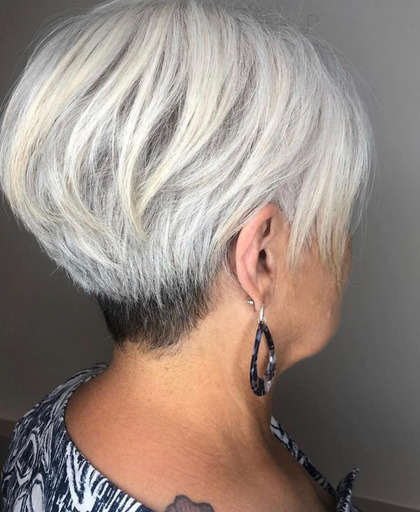
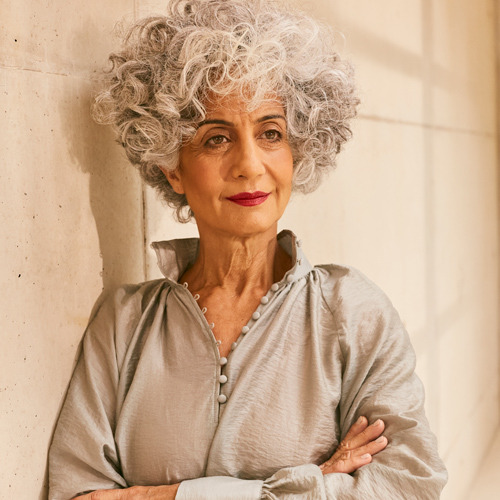
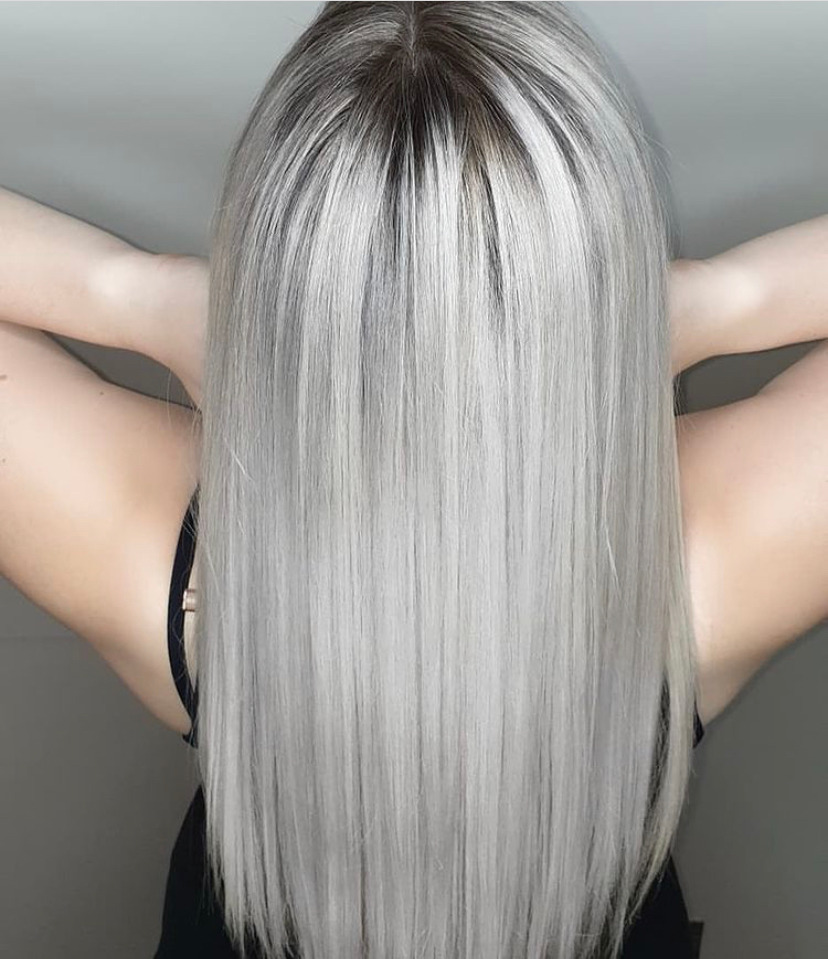
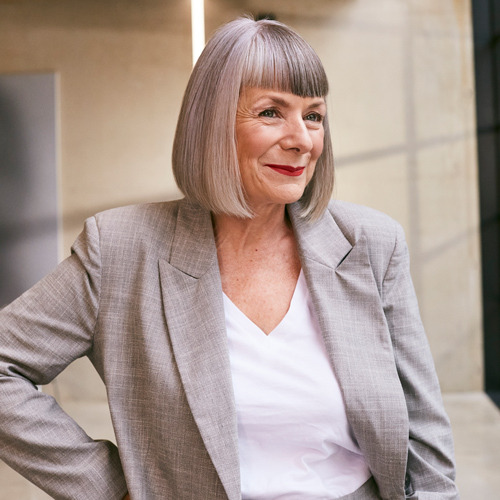
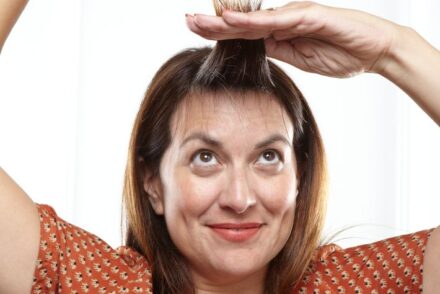
No Comments